A group of researchers from the University of the Republic in Uruguay, they have discovered a new technique hakerimi it uses artificial intelligence to capture radiation electromagnetic to be emitted from cables HDMI port of your computer. This finding raises concerns about the safety and security of the personal data and the privacy of the users.
How does the TEMPEST
The attacks, known as the TEMPEST, based on the detection of the electromagnetic radiation to be emitted from the pc restore original settings organise HDMI port of your computer. Even though this type of espionage were more simple in the days of the signals to the video, the same team of researchers led by Federico Larroca, she developed a model, IT should be able to restore your complex digital out signals of the derivative a few feet away.
Using this technique, hackers can spy on a screen as the user enters sensitive information, such as the messages to be encrypted, the introduction of the bank or of the personal data. The attacks can be carried out from the outside of the building, using one of the antenna or installing an appliance for small to catch and transmit the signals.
The threat of the new: for HE that watcheth the one that appears on the screen of a computer
The type of IT training, using a series of sinjalesh of the original, and to the përgjuara. The researchers then used the software, to the knowledge of the text in the image recovered by comparing it with the image of the original to the home screen. In the tests, the process of tapping keqinterpretoi about 30 per cent of the characters, a degree of error is very low, so that people can read it correctly, most of the lyrics.
What makes this discovery even more alarming is that these TEMPEST is becoming more and more effective. The method of attack, considering the first and the last there was a degree of error is 60% higher than that produced by the Larroca. This suggests that the hackers already, you may be able to use this technique to spy on the computers of the people.
They are of a certain user in the house?
Despite the concerns, Larroca believes that the user, learners of the computers in a home or small business does not need to be too alarmed. However, it is important that all users are aware of this potential threat and to take appropriate security to protect the data of their own. a new technique hakerimi, which uses artificial intelligence to capture radiation electromagnetic to be emitted from cables HDMI port of the computer. This finding raises concerns about the safety and security of the personal data and the privacy of the users.
How does the TEMPEST
The attacks, known as the TEMPEST, based on the detection of the electromagnetic radiation to be emitted from the pc restore original settings organise HDMI port of your computer. Even though this type of espionage were more simple in the days of the signals to the video, the same team of researchers led by Federico Larroca, she developed a model, IT should be able to restore your complex digital out signals of the derivative a few feet away.
Using this technique, hackers can spy on a screen as the user enters sensitive information, such as the messages to be encrypted, the introduction of the bank or of the personal data. The attacks can be carried out from the outside of the building, using one of the antenna or installing an appliance for small to catch and transmit the signals.
The threat of the new: for HE that watcheth the one that appears on the screen of a computer
The type of IT training, using a series of sinjalesh of the original, and to the përgjuara. The researchers then used the software, to the knowledge of the text in the image recovered by comparing it with the image of the original to the home screen. In the tests, the process of tapping keqinterpretoi about 30 per cent of the characters, a degree of error is very low, so that people can read it correctly, most of the lyrics.
What makes this discovery even more alarming is that these TEMPEST is becoming more and more effective. The method of attack, considering the first and the last there was a degree of error is 60% higher than that produced by the Larroca. This suggests that the hackers already, you may be able to use this technique to spy on the computers of the people.
They are of a certain user in the house?
Despite the concerns, Larroca believes that the user, learners of the computers in a home or small business does not need to be too alarmed. However, it is important that all users are aware of this potential threat and to take appropriate safety precautions to protect the data of their own.



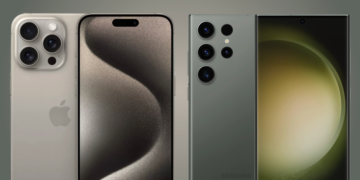







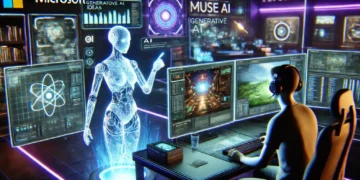


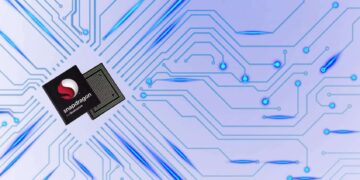

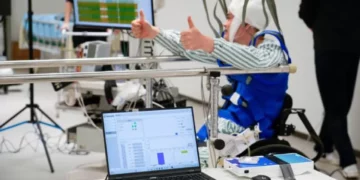






















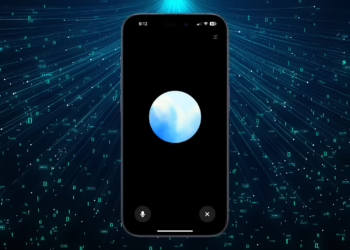












Discussion about this post